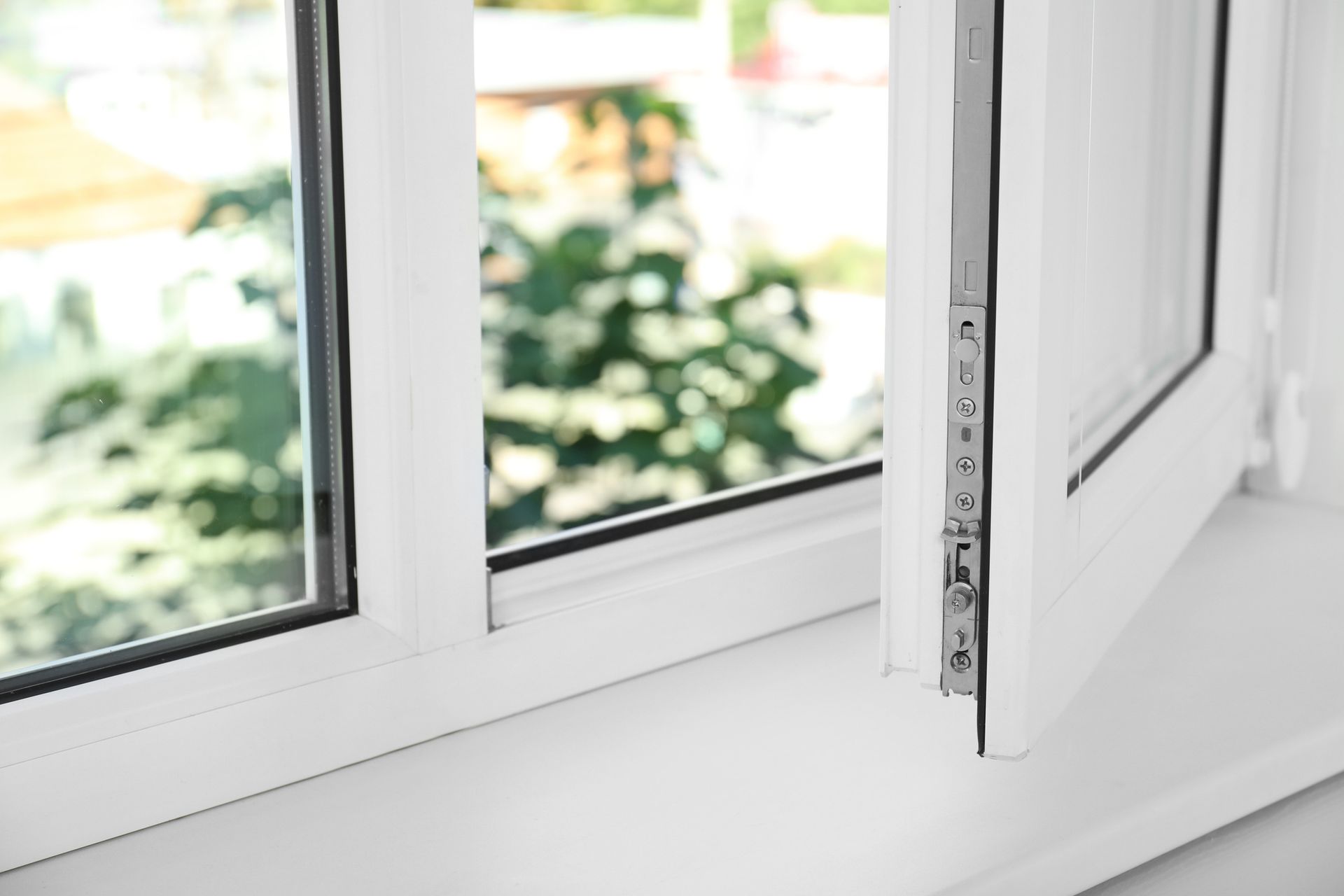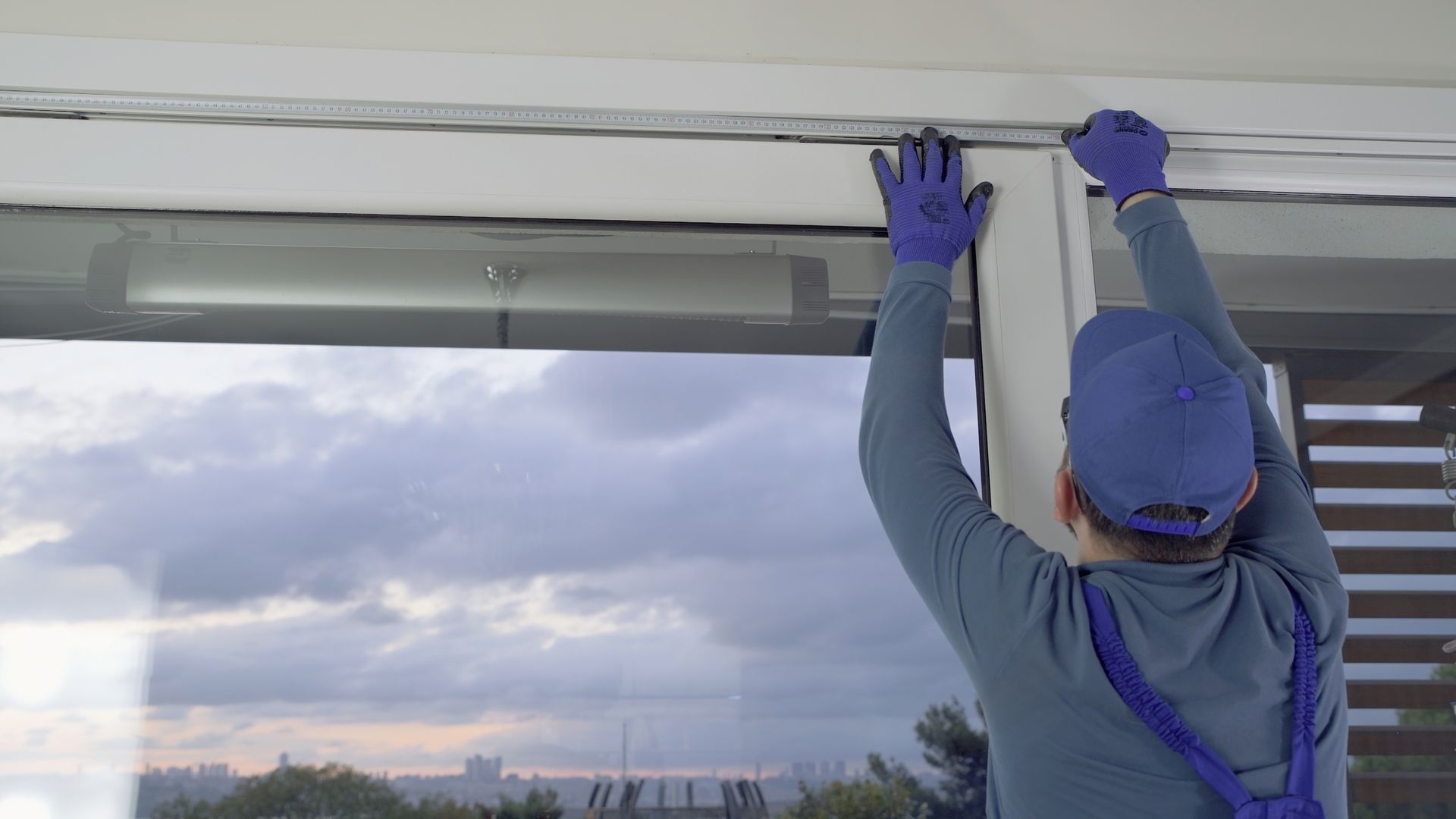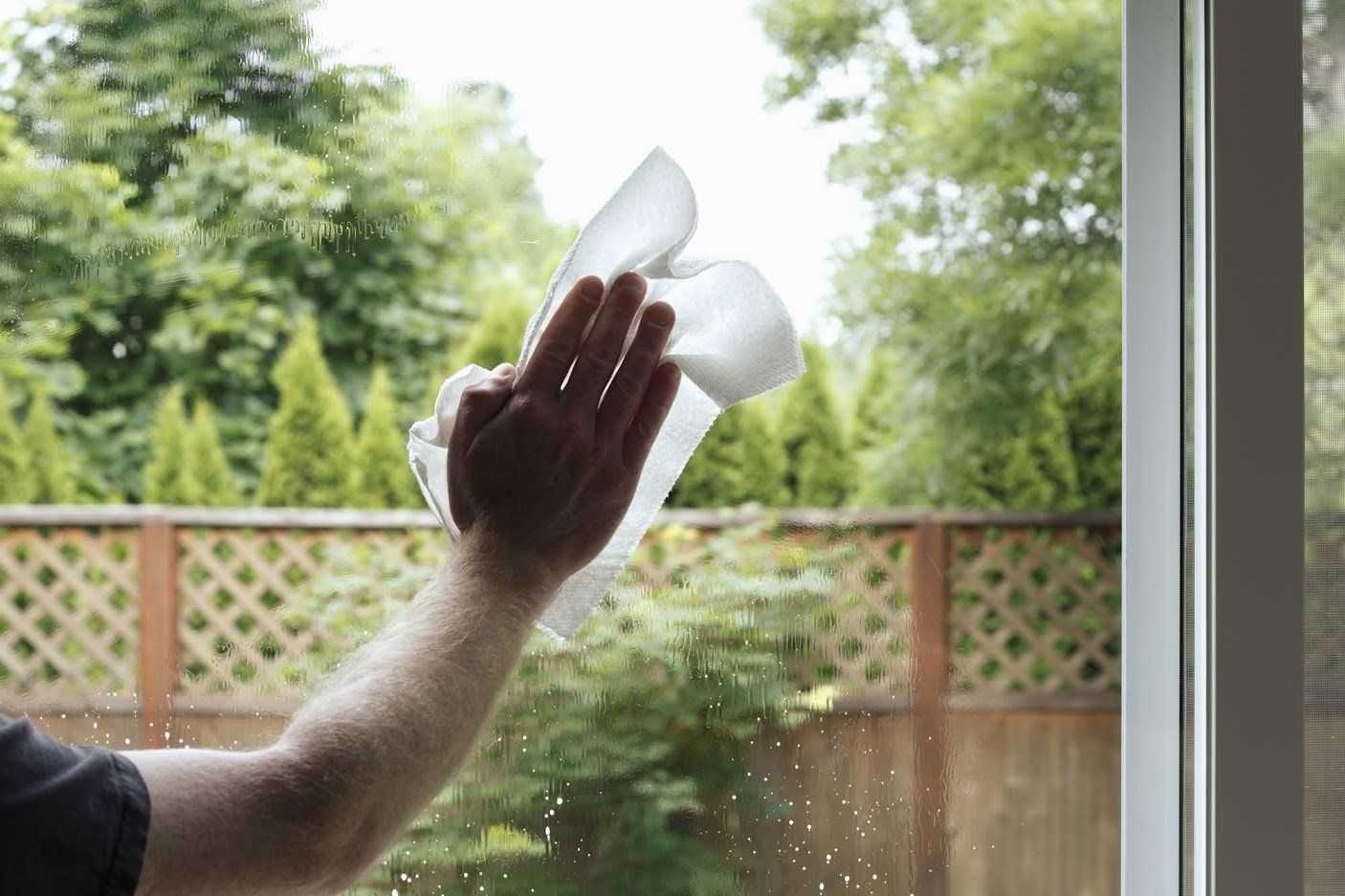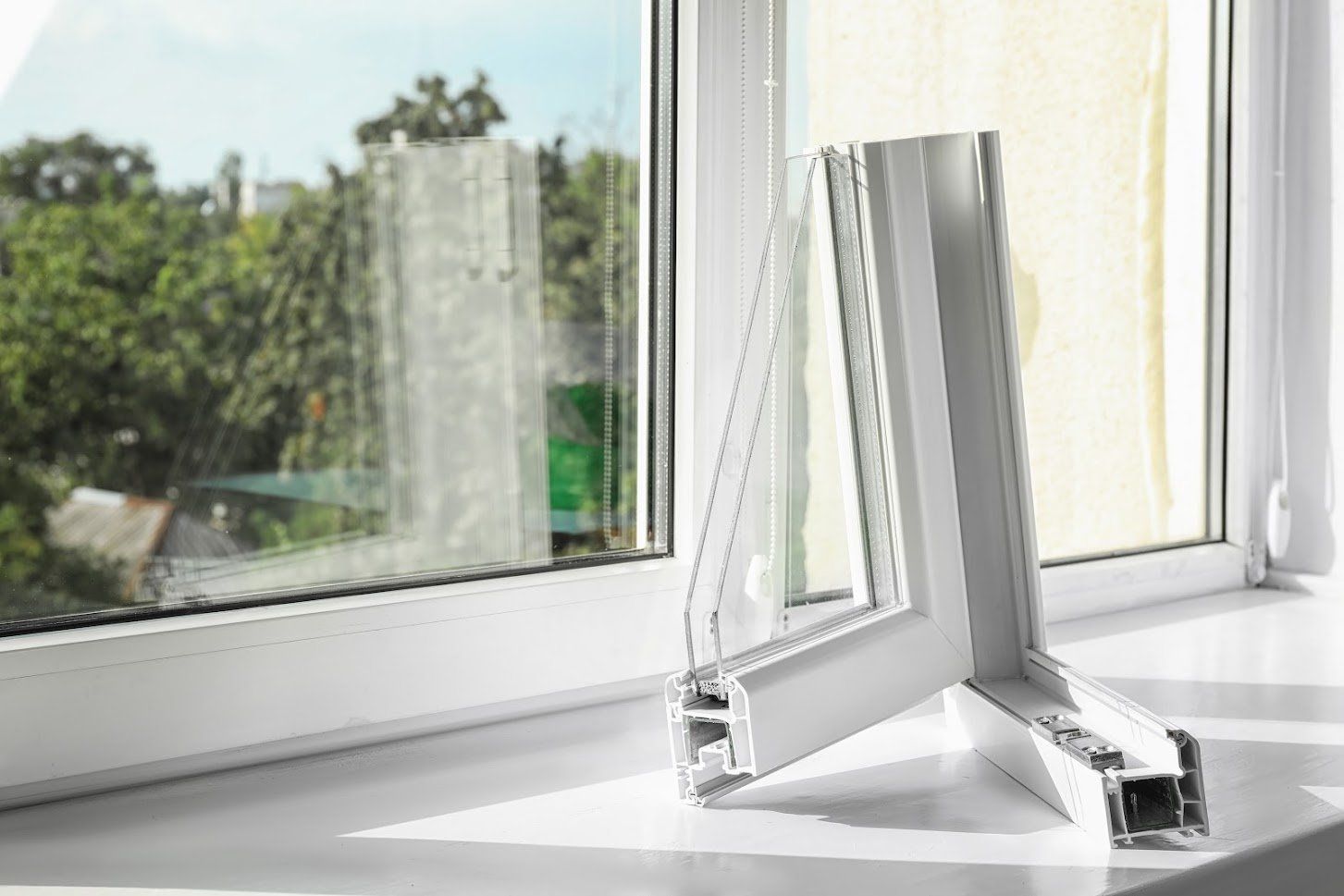How Can Double-Pane Windows Develop Condensation Between the Panes?

Windows let you enjoy the beauty of your neighborhood and light up your home naturally, but they can also gather condensation and become foggy in certain situations. Most condensation forms on the surface of the glass and is easily fixed by lowering your home's humidity levels.
But what about when the fog and water droplets are trapped inside the two panes of glass in a double-pane window? Since the glass is tightly sealed to the frame, it can seem impossible for moisture to sneak in. Find out how the condensation gets in there and what to do about it.
Broken Seal
Both panes of glass in these windows are sealed in an airtight way with a thermal seal. This is because most of them feature argon gas or a similar invisible gas that is more insulating than just plain air. Even in double-pane windows without gasses, the airtight seal and trapped layer of air still make the window better insulated than a single-pane model.
In order for moisture to make its way between the panes, at least one of the two seals must be broken. In windows with multiple smaller sections, you may find that only one or two of the sections of panes are affected. You won't necessarily be able to see where the seal is compromised, and you can't fix the seal from the outside of the window.
Lost Gas
When the seal is compromised enough to let moisture into a double-pane window, you can assume that any gas trapped inside is now gone as well. This can lower the insulation value of the window, although the double panes will still offer more insulation value than a single pane.
Each window has only a small amount of gas inside, so no danger is posed by its escape into your home or the great outdoors. However, you still might be disappointed if you chose double-pane models specifically for their improved insulation value to keep your home's heating and cooling bills lower.
Other Effects
You may not find the fogginess or droplets that bothersome to look at, but they can damage the windows in multiple ways. First, wood frame windows absorb the moisture and start to rot from the inside out. In steel- and vinyl-framed windows, the constant drip of accumulated moisture can wear lines in the glass through a process known as river bedding. The lines ruin the look of the window and weaken the glass.
Silica gel beads are packed inside the pane gap to try and absorb any minimal amounts of moisture that do make it past the seal. If they become saturated by a large amount of moisture, they dissolve and accumulate on the glass in the form of white patchy deposits. You have no way to remove the silica from the glass, and the windows will need prompt replacement once you can see these deposits gathering.
Moisture Vents
One option for relieving the problem without replacing the windows is to drill holes into the glass so the moisture can escape. This can allow moisture in as well, but the open flow of air into the gap between the panes makes it a rare occurrence.
This technique is limited to windows made without tempered glass. This means it can't be used on sliding glass doors and very large windows. This technique doesn't usually affect the durability of the window, but it can crack the glass during drilling and require pane replacement.
In most cases, replacing at least one pane is necessary to restore the seal. Let us here at
Bob's Glass inspect your condensing windows and help you decide between venting, pane replacement, or full window replacement.










